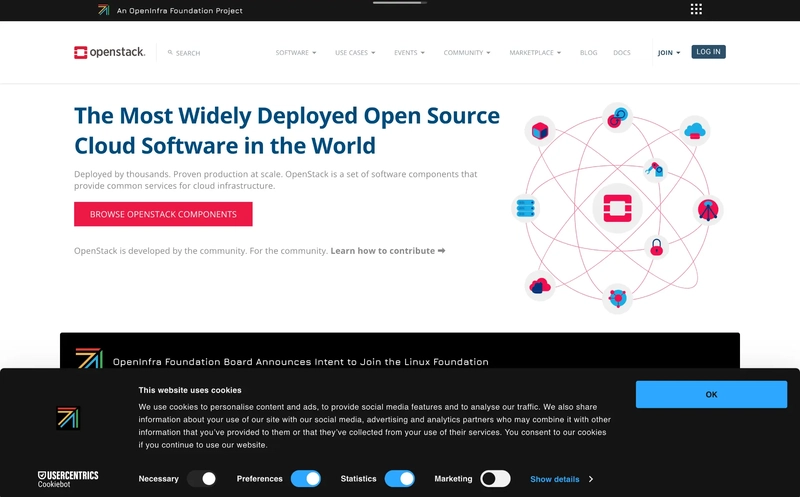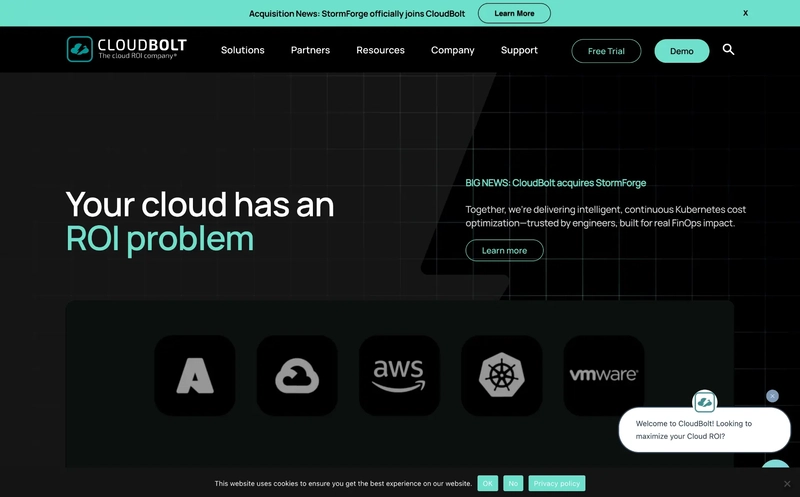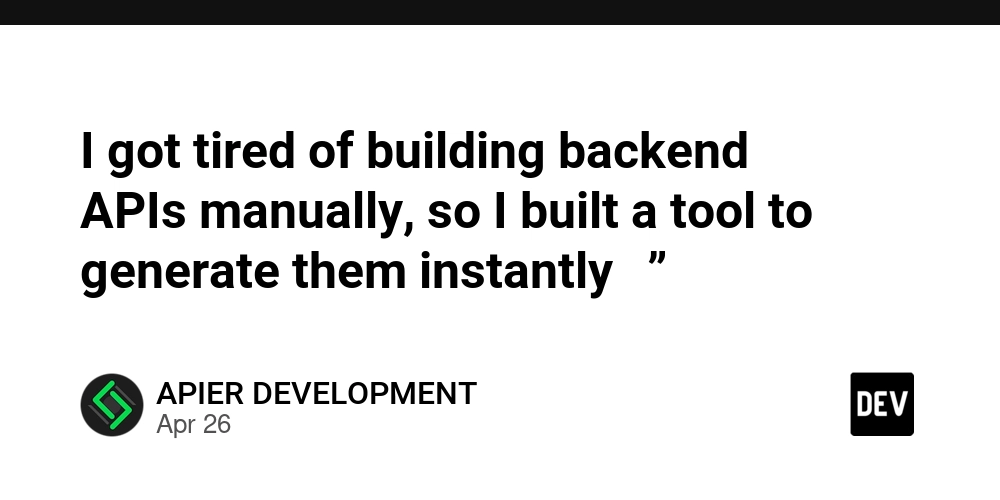Top Open-Source Multi-Cloud Management Platforms in 2025
As organizations increasingly distribute workloads across multiple cloud providers, the need for tools that simplify and centralize cloud operations has never been more urgent. Managing resources across AWS, Azure, GCP, and other platforms introduces significant complexity—especially when teams aim to stay agile, cost-efficient, and compliant. Open-source multi-cloud management platforms have stepped up to meet this challenge, offering flexible and extensible solutions without tying teams to proprietary software or hefty licensing fees. This article outlines the leading open-source platforms in 2025, along with key factors to consider when evaluating them. Why Multi-Cloud Management Is a Priority in 2025 The majority of modern enterprises—over 85%—operate in multi-cloud environments. This strategy offers key advantages like cost optimization, enhanced fault tolerance, and access to cloud-native services tailored to specific workloads. However, managing disparate APIs, security policies, and billing structures quickly becomes unmanageable without the right tools. Multi-cloud management platforms abstract away these complexities, enabling teams to orchestrate resources, enforce governance policies, and standardize deployments across providers. Core Capabilities to Look For Before diving into the platforms, here are the foundational features a solid multi-cloud management platform should support: Unified resource management across providers Infrastructure-as-code (IaC) support Automation and self-service provisioning Cost visibility and policy enforcement Security and compliance controls Monitoring and observability Top Open-Source Multi-Cloud Platforms Here’s a breakdown of leading open-source options available in 2025, each offering distinct strengths for managing multi-cloud infrastructure. 1. Apache CloudStack A mature and widely adopted IaaS platform, Apache CloudStack abstracts infrastructure complexity and offers a consistent interface for managing compute, storage, and networking across heterogeneous environments. With native support for KVM, VMware, and XenServer, and a rich API layer, CloudStack is well-suited for enterprises with complex virtualization needs. 2. Kubernetes + Multi-Cloud Operators While Kubernetes is not a full cloud manager, its ecosystem enables powerful multi-cloud orchestration. Projects like Crossplane allow developers to define and provision cloud infrastructure using Kubernetes-native CRDs, turning Kubernetes into a multi-cloud control plane. Likewise, Cluster API supports consistent cluster lifecycle management across clouds. This approach appeals to teams already standardized on Kubernetes and looking to extend their skills to infrastructure management without switching tools. 3. Terraform + Provider Ecosystem Terraform’s declarative model and extensive provider support make it ideal for managing infrastructure across cloud providers using a unified language. Even though enterprise features are behind a paywall, the core open-source tooling is more than capable. When used with tools like Terragrunt for configuration hygiene or Atlantis for GitOps workflows, Terraform can power scalable, policy-compliant multi-cloud infrastructure setups. 4. ManageIQ As the upstream project of Red Hat CloudForms, ManageIQ brings policy-based governance, automation, and resource discovery to virtual and cloud-native environments. It integrates with AWS, Azure, GCP, VMware, and more, offering a holistic view of your hybrid or multi-cloud infrastructure. Its focus on compliance, visibility, and automation workflows makes it a solid choice for teams prioritizing operational governance. 5. OpenStack Traditionally used for building private clouds, OpenStack has grown into a robust option for hybrid and multi-cloud scenarios. Its modular architecture—featuring services like Heat (orchestration) and Horizon (UI/dashboard)—allows teams to tailor deployments while maintaining compatibility with public cloud APIs. Projects like StarlingX extend OpenStack’s capabilities to edge computing, highlighting its adaptability beyond just centralized data centers. Key Selection Factors When choosing a platform, consider: Cloud compatibility: Ensure support for all providers in your stack Automation depth: Look for IaC, templating, and workflow engines Cost insight: Tools that offer usage breakdowns and optimization tips Security enforcement: RBAC, policy definition, and audit trails Ease of use: Consider the learning curve and required expertise Commercial Alternatives to Know In today’s enterprise landscape, managing diverse cloud environments requires sophisticated tools that offer visibility, automation, governance, and cost optimization across platforms. Below is a detailed overview of some of the leading multi-cloud management platforms available in 2025, each offe

As organizations increasingly distribute workloads across multiple cloud providers, the need for tools that simplify and centralize cloud operations has never been more urgent. Managing resources across AWS, Azure, GCP, and other platforms introduces significant complexity—especially when teams aim to stay agile, cost-efficient, and compliant.
Open-source multi-cloud management platforms have stepped up to meet this challenge, offering flexible and extensible solutions without tying teams to proprietary software or hefty licensing fees. This article outlines the leading open-source platforms in 2025, along with key factors to consider when evaluating them.
Why Multi-Cloud Management Is a Priority in 2025
The majority of modern enterprises—over 85%—operate in multi-cloud environments. This strategy offers key advantages like cost optimization, enhanced fault tolerance, and access to cloud-native services tailored to specific workloads. However, managing disparate APIs, security policies, and billing structures quickly becomes unmanageable without the right tools.
Multi-cloud management platforms abstract away these complexities, enabling teams to orchestrate resources, enforce governance policies, and standardize deployments across providers.
Core Capabilities to Look For
Before diving into the platforms, here are the foundational features a solid multi-cloud management platform should support:
- Unified resource management across providers
- Infrastructure-as-code (IaC) support
- Automation and self-service provisioning
- Cost visibility and policy enforcement
- Security and compliance controls
- Monitoring and observability
Top Open-Source Multi-Cloud Platforms
Here’s a breakdown of leading open-source options available in 2025, each offering distinct strengths for managing multi-cloud infrastructure.
1. Apache CloudStack
A mature and widely adopted IaaS platform, Apache CloudStack abstracts infrastructure complexity and offers a consistent interface for managing compute, storage, and networking across heterogeneous environments. With native support for KVM, VMware, and XenServer, and a rich API layer, CloudStack is well-suited for enterprises with complex virtualization needs.
2. Kubernetes + Multi-Cloud Operators
While Kubernetes is not a full cloud manager, its ecosystem enables powerful multi-cloud orchestration. Projects like Crossplane allow developers to define and provision cloud infrastructure using Kubernetes-native CRDs, turning Kubernetes into a multi-cloud control plane. Likewise, Cluster API supports consistent cluster lifecycle management across clouds.

This approach appeals to teams already standardized on Kubernetes and looking to extend their skills to infrastructure management without switching tools.
3. Terraform + Provider Ecosystem
Terraform’s declarative model and extensive provider support make it ideal for managing infrastructure across cloud providers using a unified language. Even though enterprise features are behind a paywall, the core open-source tooling is more than capable.

When used with tools like Terragrunt for configuration hygiene or Atlantis for GitOps workflows, Terraform can power scalable, policy-compliant multi-cloud infrastructure setups.
4. ManageIQ
As the upstream project of Red Hat CloudForms, ManageIQ brings policy-based governance, automation, and resource discovery to virtual and cloud-native environments. It integrates with AWS, Azure, GCP, VMware, and more, offering a holistic view of your hybrid or multi-cloud infrastructure.
Its focus on compliance, visibility, and automation workflows makes it a solid choice for teams prioritizing operational governance.

5. OpenStack
Traditionally used for building private clouds, OpenStack has grown into a robust option for hybrid and multi-cloud scenarios. Its modular architecture—featuring services like Heat (orchestration) and Horizon (UI/dashboard)—allows teams to tailor deployments while maintaining compatibility with public cloud APIs.
Projects like StarlingX extend OpenStack’s capabilities to edge computing, highlighting its adaptability beyond just centralized data centers.
Key Selection Factors
When choosing a platform, consider:
- Cloud compatibility: Ensure support for all providers in your stack
- Automation depth: Look for IaC, templating, and workflow engines
- Cost insight: Tools that offer usage breakdowns and optimization tips
- Security enforcement: RBAC, policy definition, and audit trails
- Ease of use: Consider the learning curve and required expertise
Commercial Alternatives to Know
In today’s enterprise landscape, managing diverse cloud environments requires sophisticated tools that offer visibility, automation, governance, and cost optimization across platforms. Below is a detailed overview of some of the leading multi-cloud management platforms available in 2025, each offering unique capabilities to streamline cloud operations and enhance business agility.
1. VMware Aria
VMware Aria, formerly known as VMware vRealize, is a mature and feature-rich multi-cloud management solution engineered to unify operations across private, hybrid, and public cloud ecosystems. Designed with enterprise scalability in mind, Aria delivers consistent operational governance, intelligent automation, and unified observability.

Key Technical Highlights:
- Seamless integration with the VMware virtualization stack
- Strong automation and orchestration capabilities
- Native support for major public cloud providers such as AWS, Azure, and Google Cloud
- Ideal for enterprises heavily invested in VMware technologies seeking to extend into multi-cloud management
2. Morpheus Data
Morpheus Data offers a versatile, enterprise-grade multi-cloud management platform centered around self-service provisioning and extensive automation. Supporting integration with over 20 different cloud and virtualization platforms, Morpheus is engineered for heterogeneous IT environments.

Key Technical Highlights:
- Application-centric lifecycle management: provisioning, monitoring, logging, and recovery
- API-first architecture for extensibility
- Fine-grained role-based access control and policy enforcement
- Designed to simplify DevOps workflows and hybrid cloud orchestration
3. CloudBolt
CloudBolt is a modular and extensible multi-cloud management platform tailored for ease of deployment and operational flexibility. It provides a unified self-service interface, robust cost management tools, and automation capabilities to enforce standardization across diverse infrastructure setups.
Key Technical Highlights:
- Plugin-based architecture for seamless toolchain integration
- Support for infrastructure provisioning, configuration, and policy-based governance
- Comprehensive cost optimization and resource utilization insights
- Suited for organizations with complex, multi-vendor cloud environments
4. Scalr
Scalr delivers a purpose-built Terraform management and collaboration platform, enabling organizations to implement Infrastructure as Code (IaC) at scale while maintaining compliance and cost control. It enhances native Terraform workflows with enterprise-specific features without introducing unnecessary platform complexity.
Key Technical Highlights:
- Centralized policy enforcement for Terraform executions
- Integrated cost management and self-service infrastructure provisioning
- Designed for DevOps and platform teams that rely on Terraform as a standard
- Facilitates secure, collaborative, and auditable IaC operations
5. CloudZero
Unlike traditional cloud management platforms, CloudZero focuses specifically on cloud cost intelligence. It provides deep, real-time visibility into cloud spend across platforms such as AWS, Azure, Google Cloud, Kubernetes, Snowflake, and Databricks, enabling organizations to align financial metrics with engineering activity.
Key Technical Highlights:
- Real-time cost analysis and anomaly detection
- Integration with engineering workflows and tagging strategies
- Customizable dashboards for financial operations and product teams
- Purpose-built for organizations prioritizing cloud cost optimization across multi-cloud environments
Would you like this tailored further for a specific audience like DevOps engineers, cloud architects, or enterprise decision-makers?
Best Practices for Multi-Cloud Success
- Start with a clear strategy. Know why you’re adopting multi-cloud and set measurable goals.
- Embrace infrastructure-as-code. Consistency and automation start here.
- Standardize resource tagging. It’s critical for cost management and compliance.
- Form a Cloud Center of Excellence. Foster internal expertise to manage complexity at scale.
Conclusion
Open-source platforms like CloudStack, Kubernetes, Terraform, ManageIQ, and OpenStack are empowering organizations to tame multi-cloud complexity while avoiding vendor lock-in. For developers and DevOps teams, these tools provide extensible, scriptable environments to automate deployments, govern infrastructure, and optimize performance, without the overhead of commercial licenses.
As multi-cloud strategies evolve, the combination of open tooling and clear architectural planning will be key to building resilient, cost-effective cloud operations.






















































-Reviewer-Photo-SOURCE-Julian-Chokkattu-(no-border).jpg)



















































































































![[The AI Show Episode 146]: Rise of “AI-First” Companies, AI Job Disruption, GPT-4o Update Gets Rolled Back, How Big Consulting Firms Use AI, and Meta AI App](https://www.marketingaiinstitute.com/hubfs/ep%20146%20cover.png)






























































































































![Life in Startup Pivot Hell with Ex-Microsoft Lonewolf Engineer Sam Crombie [Podcast #171]](https://cdn.hashnode.com/res/hashnode/image/upload/v1746753508177/0cd57f66-fdb0-4972-b285-1443a7db39fc.png?#)




























































.jpg?width=1920&height=1920&fit=bounds&quality=70&format=jpg&auto=webp#)




















































-Nintendo-Switch-2-Hands-On-Preview-Mario-Kart-World-Impressions-&-More!-00-10-30.png?width=1920&height=1920&fit=bounds&quality=70&format=jpg&auto=webp#)

























_Andrey_Khokhlov_Alamy.jpg?width=1280&auto=webp&quality=80&disable=upscale#)


_Aleksey_Funtap_Alamy.jpg?width=1280&auto=webp&quality=80&disable=upscale#)











































































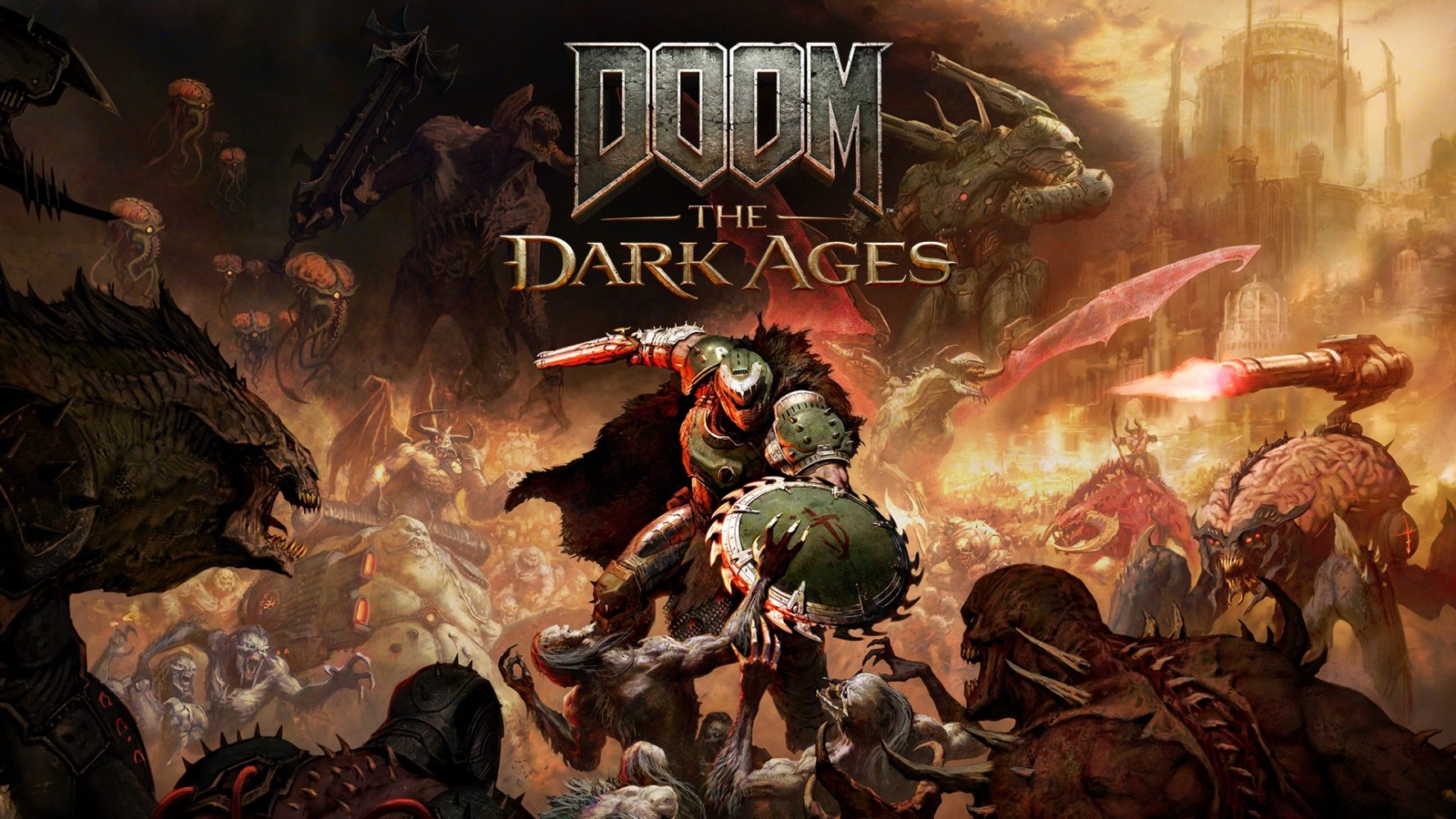






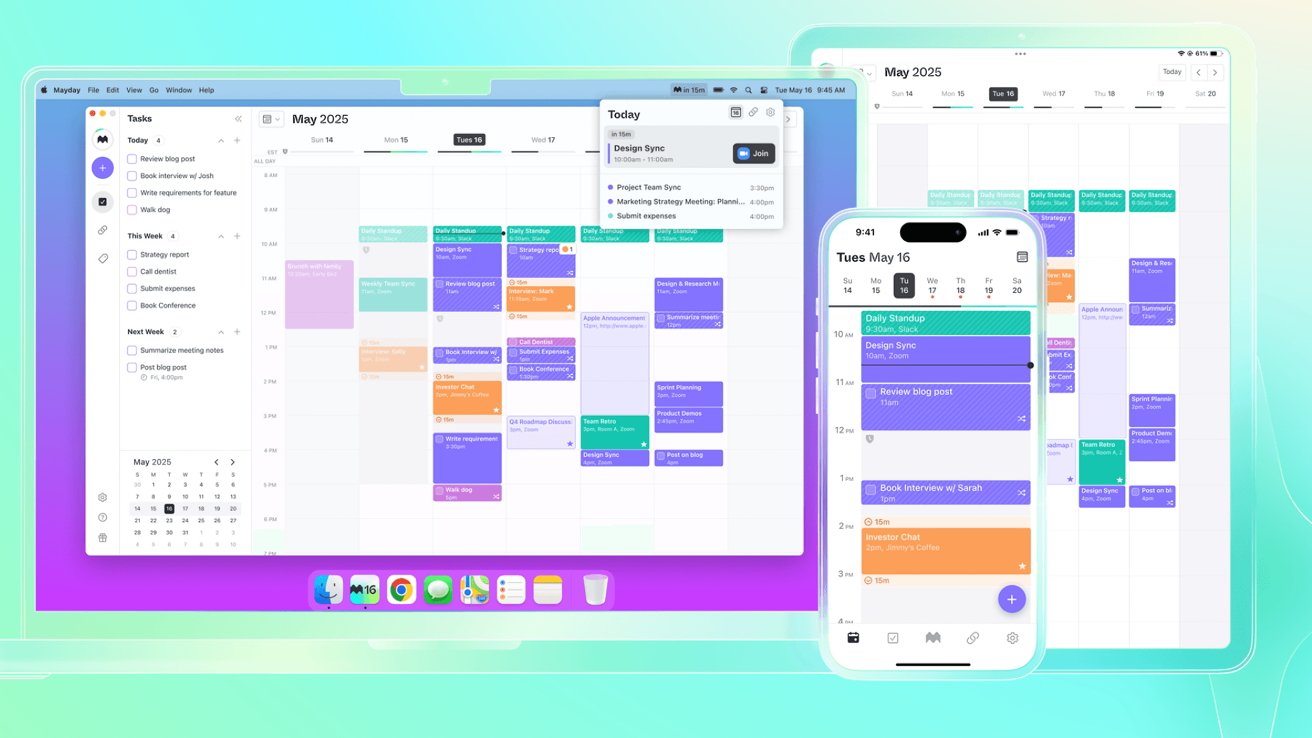




























![Apple Foldable iPhone to Feature New Display Tech, 19% Thinner Panel [Rumor]](https://www.iclarified.com/images/news/97271/97271/97271-640.jpg)
![Apple Developing New Chips for Smart Glasses, Macs, AI Servers [Report]](https://www.iclarified.com/images/news/97269/97269/97269-640.jpg)
![Apple Shares New Mother's Day Ad: 'A Gift for Mom' [Video]](https://www.iclarified.com/images/news/97267/97267/97267-640.jpg)



































































![[Weekly funding roundup May 3-9] VC inflow into Indian startups touches new high](https://images.yourstory.com/cs/2/220356402d6d11e9aa979329348d4c3e/WeeklyFundingRoundupNewLogo1-1739546168054.jpg)



























